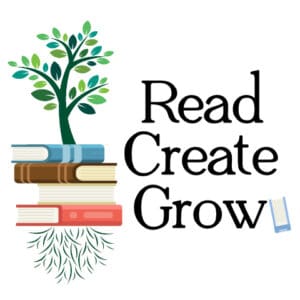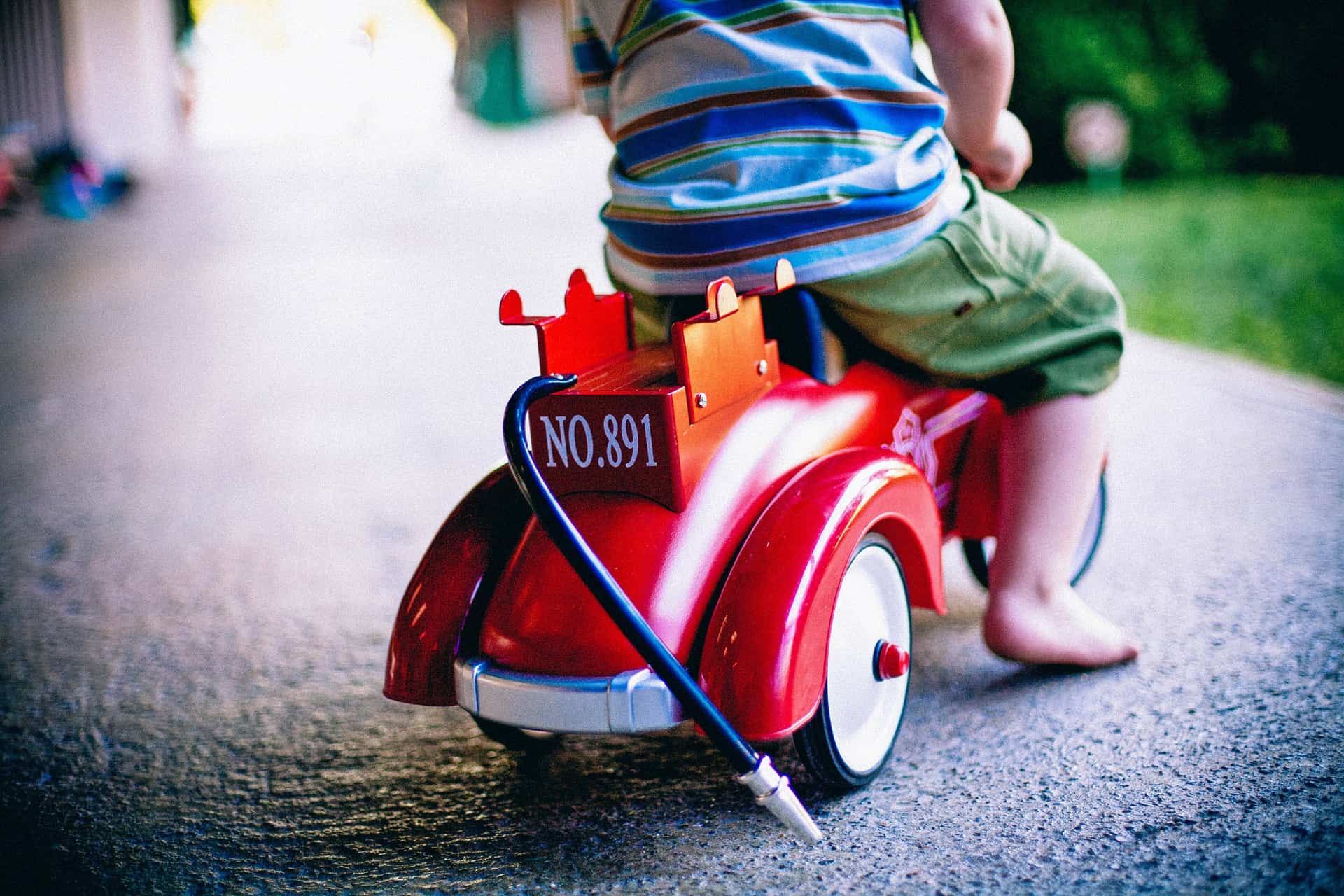It’s no secret that kids who read more often have more school success, but the idea of sitting down to read a book can be challenging for a child who just wants to be moving. The good news is those two things do not have to be mutually exclusive!
Developing fine and gross motor skills are an important school skill that will serve your child well during their time in every grade level of formal education. Books that integrate movement allow for whole body learning and entice reluctant readers to get involved in the stories they read.
If you would like a more in depth look at the value of fine and gross motor skills, read our article on Skills for School. The books listed here were chosen for their connection to movement and the way they can combine fine and gross motor skills, listening comprehension and self-regulation. Read the three tips that can make reading to a wiggly child easier, or just jump right in with this curated list of books that get the wiggles out!
*This post may contain Amazon or other affiliate links. As an Amazon Associate I earn from qualifying purchases.
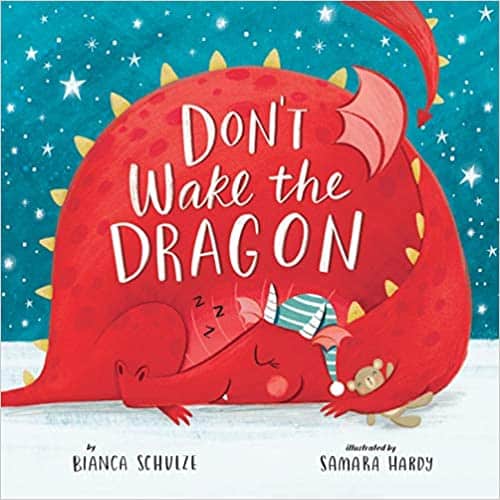
Don’t Wake the Dragon
Written by Bianca Schulze | Illustrated by Samara Hardy
Hilarious for ages 3-7
Shhh! Be very, very quiet! A dragon sleeps in these pages and you don’t want to wake him up! This is a story designed for a silly read aloud and interaction, as you and your child read through the pages focus on the word typeset and lean into the sounds and enthusiasm, they tell you to have. When the pots clang loudly, be loud! When the font gets small, do your best whispering. Underline the text with your fingers as you go to show your child that the way the words are written has meaning, too.
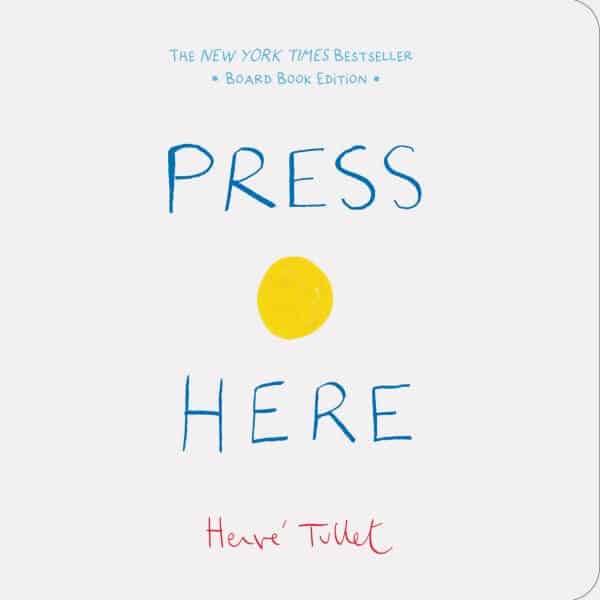
Press Here
Written and Illustrated by Herve Tullet
Fun for ages 2+
Start by pressing the yellow dot on the cover and see what happens within! The dot transforms as you follow the directions in the story, creating a fun and interactive experience. This is perfect for the motor skills of littler ones who only need to do things like tap, you can even help them do this. It also teaches listening skills and reinforces the idea of cause and effect. If you like this one you can also try Mix It Up by the same author. Both of these are available in Spanish as well.

Waddle!
Written and illustrated by Rufus Butler Seder
Wiggly Fun for Ages 3-5
This book so full of wiggles you might think it’s actually moving! Waddle! and the other the other books in the series (Swing! and Gallop!) use a graphic technique called scanimation (essentially the image is overlaid with a striping that gives a still image the optical illusion of movement). This book features those fun images in color. So get moving along with your pictures and waddle like a penguin and hop like a frog all through the pages. The story does rather lack some logic, but if it’s wiggles you are after, you can’t beat it! This is sure to burn off some of that wiggly energy and work developing those fine and gross motor skills.
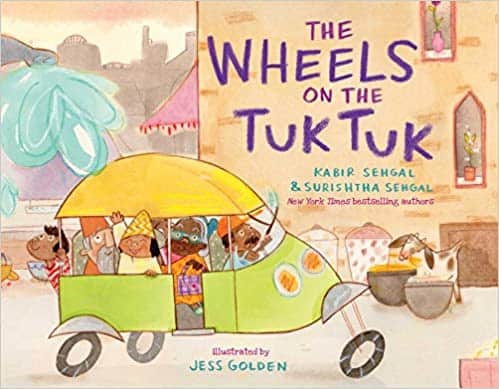
The Wheels on the Tuk Tuk
Written by Kabir Sehgal and Surishtha Sehgal | Illustrated by Jess Golden
Adaptable for Ages 0-5
You’ve heard “Wheels on the Bus” but have you heard “Wheels on the Tuk Tuk?” Take your little one someplace new while you practice new and old movements, and give your brain something new to think about besides the regular cross-town bus. The rhyme scheme and tune are the same one you already know, but the words introduce something new. Read this with your child in your lap, bouncing them along for the “on and off” or for an older child, have them jump up and down while the riders hop on and off, move on all fours like a cow, and clap in time for the snack munching.
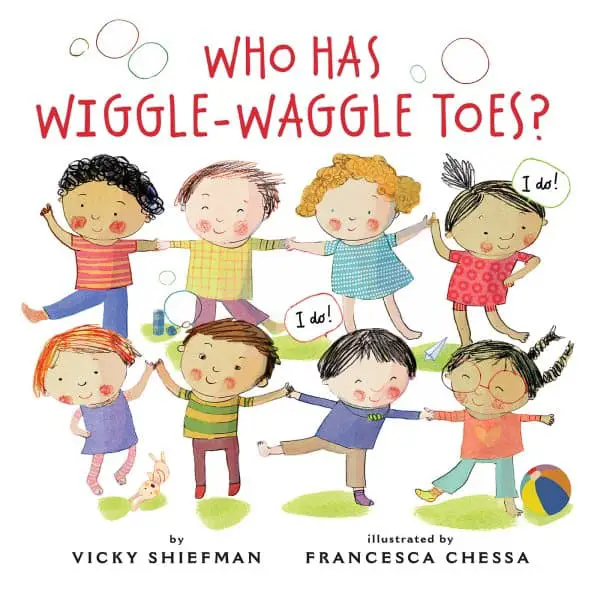
Who Has Wiggle-Waggle Toes?
Written by Vicky Shiefman | Illustrated by Francesca Chessa
Good for Wigglers Ages 2-5
If you have a preschooler who can’t sit still for story time, this is the book for you. Simple call and response text has you asking your wiggly child if they are, in fact, wiggly, and have them demonstrating their wiggly skills. Younger readers can be instructed to do a certain movement while older readers can wiggle along with the story. The story features a more diverse group of children, includes elements of science by teaching about parts of our body and practices self-regulation after getting the wiggles out.

Can You Make a Scary Face?
Written and illustrated by Jan Thomas
Grows Best with Ages 3-8
If you’ve never tried a book that breaks the fourth wall, this is the one to start with. The lady bug starts off by commanding the reader to stand up, sit down, stand up and then wiggle a bug off your nose! Hilarious antics ensue as you follow the ladybug’s commands to move around and make faces. This is not a book that settles you into bed, but is a good one to reach for when sitting still to read a story is clearly not going to happen. This is less of a “story” and more of a “being bossed around by a book” type of read, and it grows with age. Ladybug helps kids practice fine and gross motor skills, listening skills, following directions and self-regulation, without them even realizing it! If you enjoy this one, try Thomas’ other work like Is Everyone Ready for Fun? and Rhyming Dust Bunnies.

I Got the Rhythm
Written by Connie Schofield-Morrison | Illustrated by Frank Morrison
Best for Practicing Rhythm in Ages 3-6
There is music all around us, you just have to find the rhythm. This book is fully of movement and rhythm and is begging for you to dance around while you read. Snap, stomp or clap with the rhythm of the words, or get up and dance to the beat. The illustrations feature saturated color and the text onomatopoeic words that want to be read out loud. There is less of a traditional plot here, the story is more focused on using your senses to be aware of your environment and being aware of how you feel, teaching fine and gross motor skills through snaps and stomps. See if you can catch the rhythm of the words while you read and dance along, then find the rhythms in your own home and catch the beat! If your little one loves the rhythm of this story, you may also try the other two books in the series, I Got the School Spirit and I Got the Christmas Spirit.
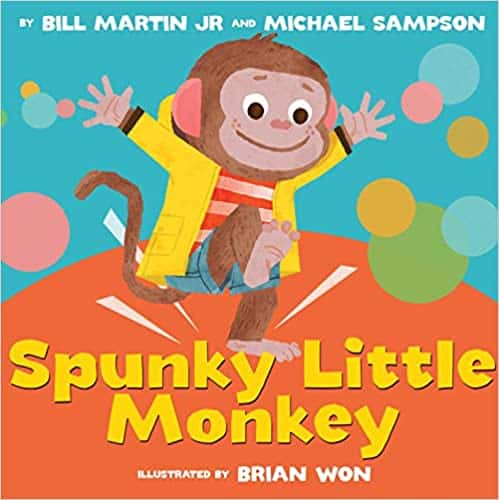
Spunky Little Monkey
Written by Bill Martin | Illustrated by Brian Won
Best for Younger Readers Ages 2-4
This little Monkey does not want to get out of bed, so the doctor prescribes some exercise, getting Monkey to dance! Everyone should be standing to read this one, so that you can all jump, stamp and shake your heads along with Monkey. The story is simple and focuses on big, repetitive movements that are great for younger readers who don’t yet have the fine motor skill of snapping. Add in an egg shaker or maraca for extra silly fun and an element to challenge the fine motor skills that are not part of the story. This will be perfect for wiggly toddlers and preschoolers.

Head, Shoulders, Knees and Toes
Written by Skye Silver | Illustrated by Mariana Ruiz Johnson
Grows with Readers 4-6
We’ve all heard the song, but this story puts a fresh spin on it, by including the movements and the singalong but by diversifying the illustration and including healthy habits for your mind and body. Depending on where you acquire your copy, it includes an audio soundtrack of music that goes with the story. Even without any additional accompaniment you and your little ones can sing along and add in the new verses, practicing fine and gross motor skills as you go! This song is best done slowly for younger readers so they can take time to process what you are saying and add the movements, and sped up over time for older readers.
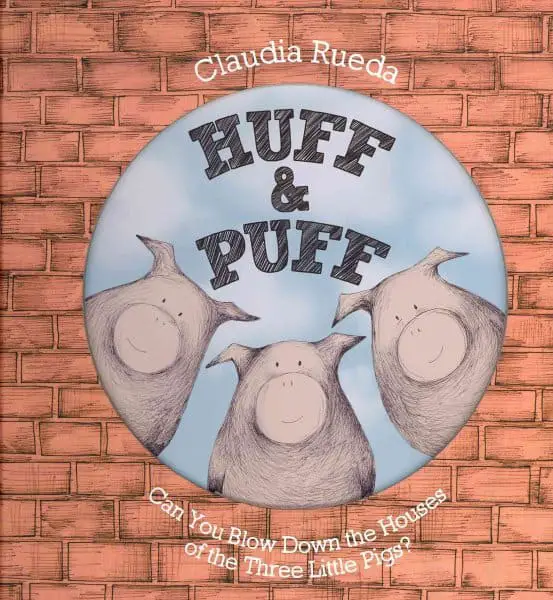
Huff and Puff
Written and illustrated by Claudia Rueda
Interactive Fairytales for Ages 3-5
We’ve heard the story of the Three Little Pigs, but in this fractured fairytale (a reimagined fairytale) the wolf huffs and puffs and in the end helps blow out the candles on a birthday cake. The story is completely interactive, allowing your child to huff and puff along with the wolf. The simple text lets little kiddos tell themselves the story, even if they are not reading yet.
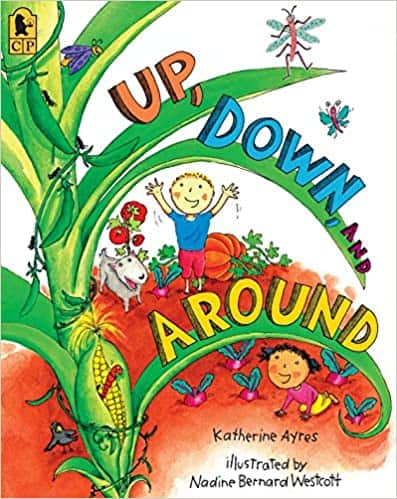
Up, Down and, Around
Written by Katherine Ayres | Illustrated by Nadine Bernard Westcott
Grows with Readers Ages 2-5
The story starts with a corn kernel dropping into the ground and growing “up.” While the focus on the book is the way plants grow, readers young and old can move along with the words, “up” and “down,” twirling for “around.” This book invites the creative addition of movement along with the story, with the bonus of using directional words in a rhyming and repetitive way that helps teach vocabulary. This is a story that can grow with the reader through the addition of nonfiction books about how plants grow.
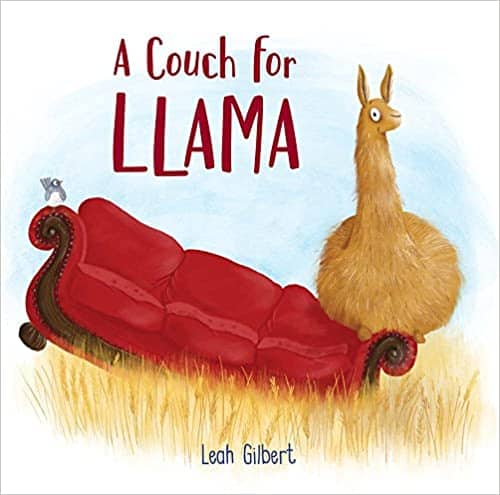
A Couch for Llama
Written and illustrated by Leah Gilbert
Good for Couch-Lovers Ages 4 and up
The Lago family used their couch for all kinds of things, until it was finally time for a new one. But Llama had a little fun with it first! The llama in this story is wonderfully illustrated with a comedic and expressive face and playful demeanor. Follow along with his movements to add a little silliness and energy-burning into the read. Can you bounce like llama? Add some critical thinking questions in while you read, like how the family might feel having lost their new couch, or think about the kinds of things your family does on the couch to bring in a personal connection to the story.
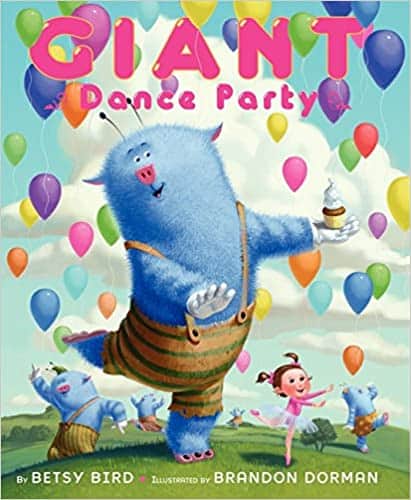
Giant Dance Party
Written by Betsy Bird | Illustrated by Brandon Dorman
Best for Reluctant Dancers Ages 4-8
What would you do if giants came to your door wanting to dance? Teach them of course! Lexy loves to dance and when giants come to her wanting to learn, she hesitates for a moment and then embarks on an adventure that dances across the pages and gets your toes tapping with the need to move! Lexy will help you overcome any self-conscious fears about dancing when you feel the need to bust a move. Read the book and try it with your child! For some added reading comprehension practice, ask your child why they think Lexy might not love dance recitals? What do they think will happen when the Giants come to the door? Work on some gross motor development by trying the moves you see in the pages and then make up your own. Can you and your child make up a silly dance together and have your own dance party?
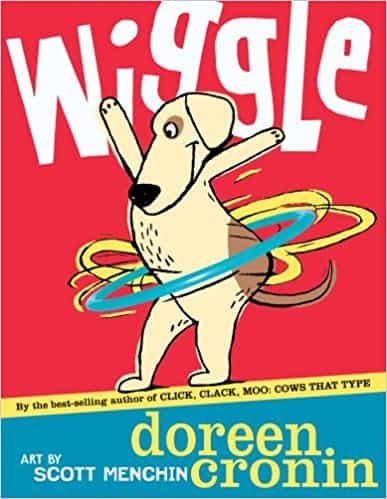
Wiggle
Written by Doreen Cronin | Illustrated by Scott Menchin
Good for Wigglers Ages 1-4
Does your child have a chronic case of the wiggles? The dog in Doreen Cronin’s book Wiggle certainly does! Wiggle right along with the Dog, and if that isn’t enough check out Cronin’s other books, Stretch and Bounce, for more wiggling fun. There may not be a lot of story depth here, but bouncy rhymes make this an ideal short story that focuses on moving around. Try out all the movements alone or add in some strategic toys to build in an entire play session. Add a hula hoop or a kid friendly instrument like a maraca or an egg shaker for extra silly fun, to add both fine and gross motor skill development.
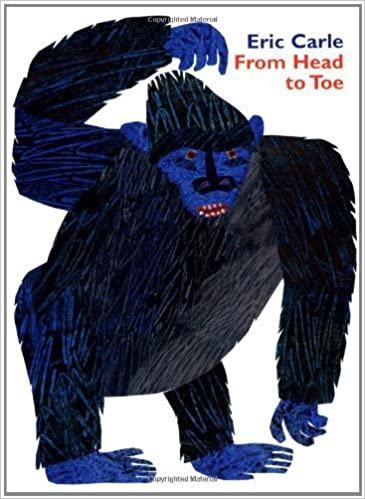
From Head to Toe
Written and illustrated by Eric Carle
Best for Wigglers Ages 0-4
Giraffes, monkeys, donkeys and seals all move colorfully across the page in another beloved classic by Eric Carle. They bend their necks, turn their heads, waive their arms and stomp their feet, can you? Try these ideas out while you read the book and ask questions while you read. What are some other animal movements you can try? Act them out! Ask your child what the difference is between the animal movements? Do some walk on two legs? Four? Do they have arms, legs or wings? And lastly, while you and your child read this book try the movements together, don’t be afraid to be silly!
